America’s Most Endangered Rivers® of 2023 Spotlights Human Health and Public Safety
The health of our rivers directly affects the health and safety of our communities. But in light of climate change and environmental injustice, the health of our rivers and all the wildlife and people that depend on them, are at risk.
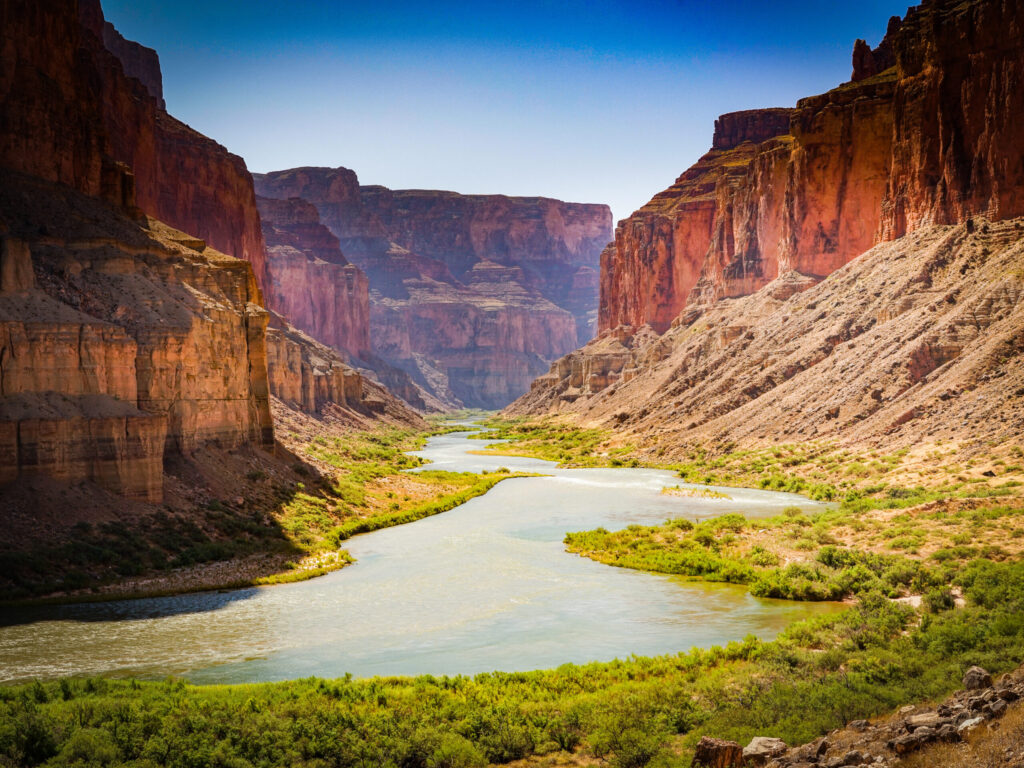
Today we announce America’s Most Endangered Rivers of 2023.
From dams and outdated water management to toxic pollution and development projects that would devastate river habitats, this report spotlights ten rivers in the U.S. that are at a crossroads and whose fates will be decided in the coming year. This year’s list underscores how essential rivers are for human health, public safety, and community wellness.
We at American Rivers have immense gratitude for the leadership, diligence, and immense knowledge from our local partners on the frontlines, without whom this campaign would not be possible. We look to their guidance and leadership as we continue the fight for river protection and water justice across the nation.
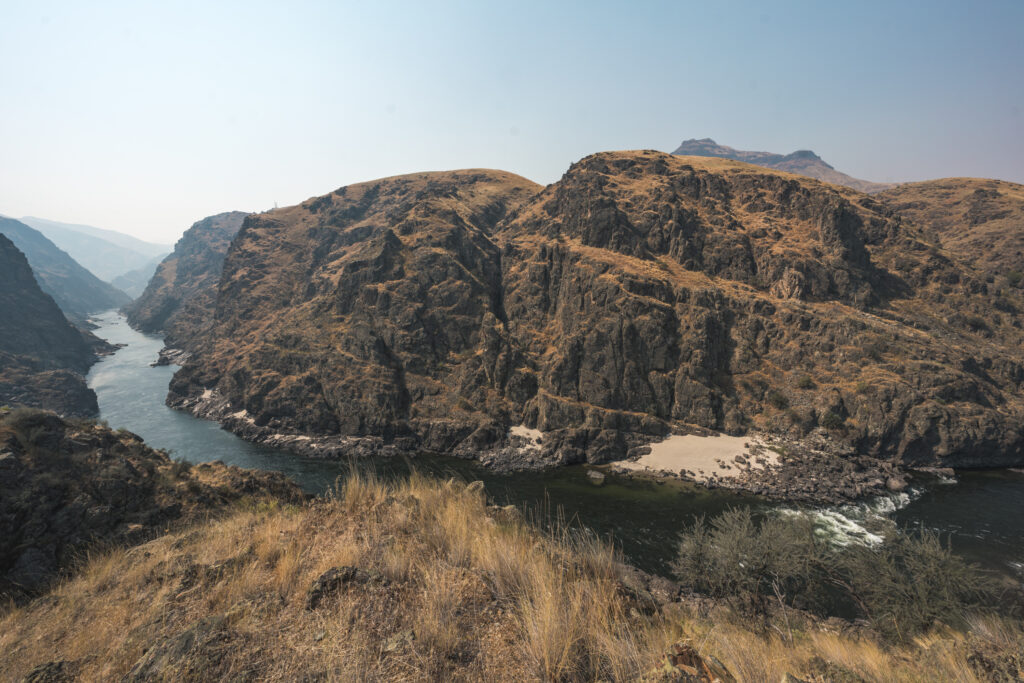
America's Most Endangered Rivers of 2023
This year's list underscores how human health and public safety are directly connected to the health of our rivers. Each river is at a tipping point, they need you!
#1 on the list this year is among the seven natural wonders of the world, and one of the greatest natural treasures in the nation: the Colorado River in the Grand Canyon. It’s no surprise that the Colorado River holds its place as the number one Most Endangered River for the second year in a row, as outdated water management, over-use, and climate change all pose great risks to this national treasure. This year, however, the Grand Canyon is of specific focus due to severe drought. As critical decisions are made about water management along the Colorado River, decision makers must recognize the environment as a critical component of human health and public safety – absolutely vital for the 40 million people that depend on the river for drinking water.
“Diné Natural Law tells us that we should treat Mother Earth as we would treat our own mothers. When she is in distress we should respect and nurture her,” said Erik Stanfield, Navajo Nation Historic Preservation Department, commenting on the Most Endangered River listing for the Grand Canyon.
“Our concern for her should not be a reflection of self-interest, but rather an altruistic endeavor to give back when we have taken. We cannot repay all of her gifts, but we can show her kindness, gratitude, and a willingness to sacrifice when she suffers. This is the ethic that we would like to impart to the world outside of Diné-land. The Colorado River, Tooh in Diné Bizaad, is in deep crisis and needs our kindness, gratitude, and sacrifice to heal.”
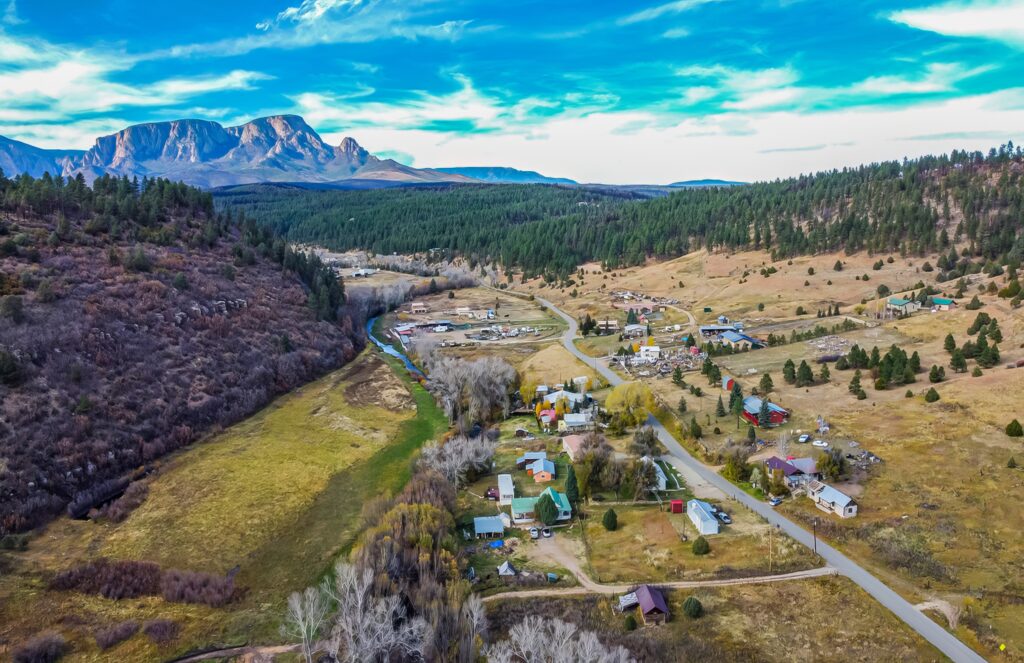
In this same region the Rio Gallinas is also suffering from the adverse effects of climate change. Community-focused, coordinated restoration efforts are imperative in protecting the future of the river.
For the Ohio, Clark Fork, and Lehigh rivers, pollution threatens the safety and quality of life of local communities. The train derailment that took place in East Palestine, Ohio underscores both the vulnerability of the Ohio River and the value the river serves for the over 5 million people that rely on it for drinking water. A shuttered pulp mill threatens the Clark Fork River, actively leaking toxic chemicals into the groundwater and increasing the risk of catastrophic flooding, while poorly planned development along the Lehigh River threatens water quality and vital fish and wildlife habitat.
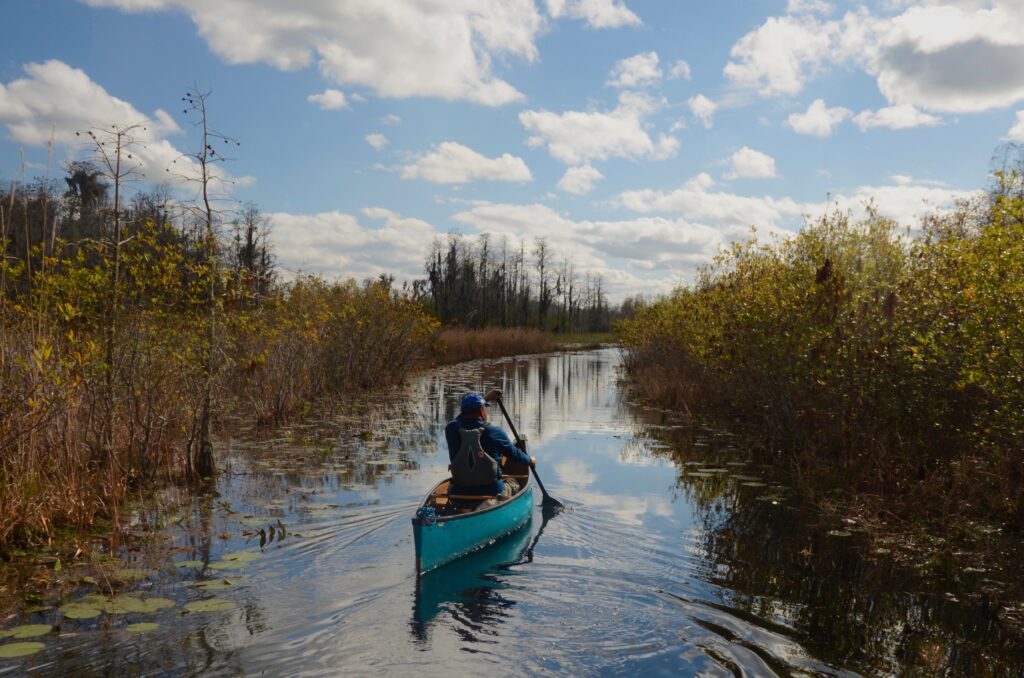
In the Okefenokee Swamp, we must avoid the risk of increased drought and catastrophic fire posed by mining plans. The Okefenokee is a unique wetland and international treasure, but a proposed titanium mine threatens the swamp and ancestral lands of the Muscogee (Creek) Nation.
The effects of climate change are happening right now, fueling more severe droughts and floods, and pollution threatens drinking water sources. Unjust policies put the burden of these impacts disproportionately on Black, Latino and Indigenous communities, Tribal Nations and other communities of color.
The Pearl River, for example—one of the most biodiverse rivers in the country and the primary drinking water source for the predominantly Black community of Jackson, Mississippi—is threatened by the One Lake development project. This project would result in severe environmental injustice by worsening urban flooding, exacerbating the ongoing water crisis, and funneling critically needed resources away from marginalized communities.
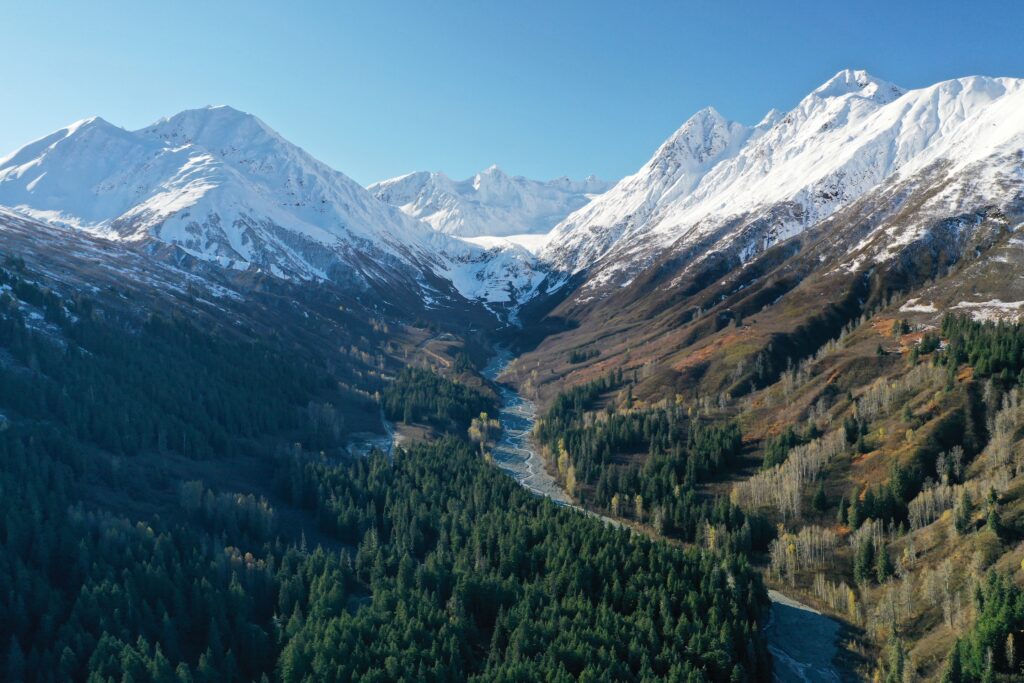
Tribal sustenance, culture, livelihoods, and treaty rights are being threatened on the Snake, Eel, and Chilkat and Klehini rivers. It is imperative that we lean into the knowledge of Tribal Nations who are the original stewards of the land and have lived along these rivers since time immemorial. On the Snake and Eel Rivers, dam removal is necessary to protect vital fish habitat, honor treaties and commitments to Tribal Nations, and improve community health and wellness. For the Chilkat and Klehini rivers, proper permitting requirements are needed to ensure the protection of the entire ecosystem of the Chilkat Valley, which is critical habitat to the largest congregation of bald eagles in the world.
The threats of climate change, outdated water management, drought, dams, and more put human health, public safety, and community wellness at risk. Rivers are vital community health resources and the lifeblood of our communities, cultures, and livelihood.
Our rivers need our protection. The time to take action is now. Our health and our futures depend on it.
We need individuals and communities to stand with American Rivers and our partners to protect and restore the rivers that support all life. We need your help to ensure the protection of this year’s Most Endangered Rivers. Rivers are sacred. Rivers are life. TAKE ACTION TODAY!
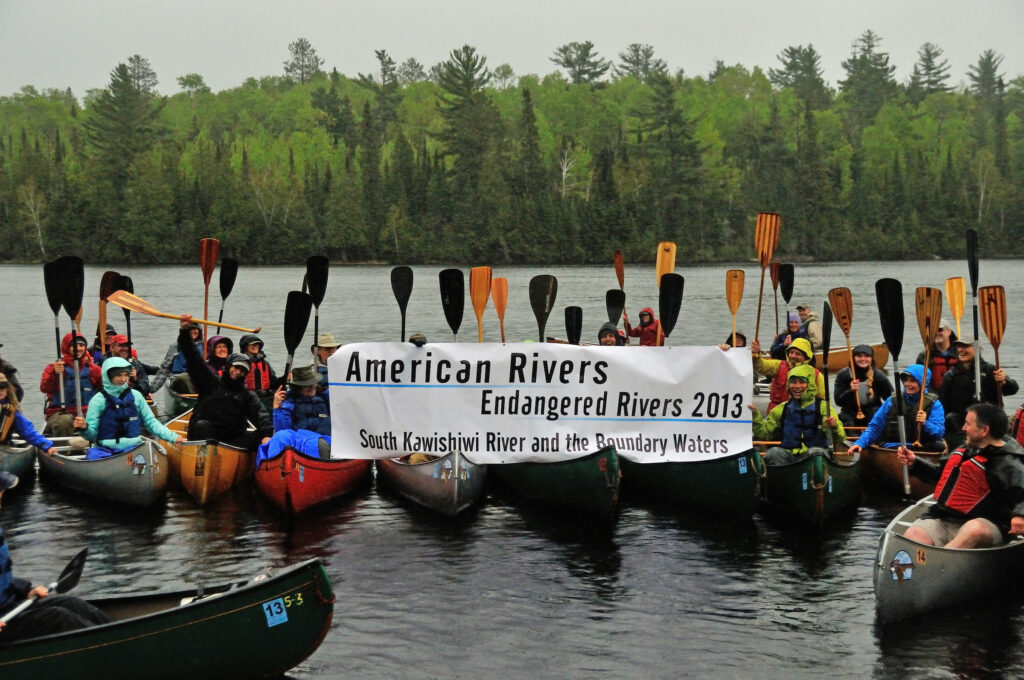
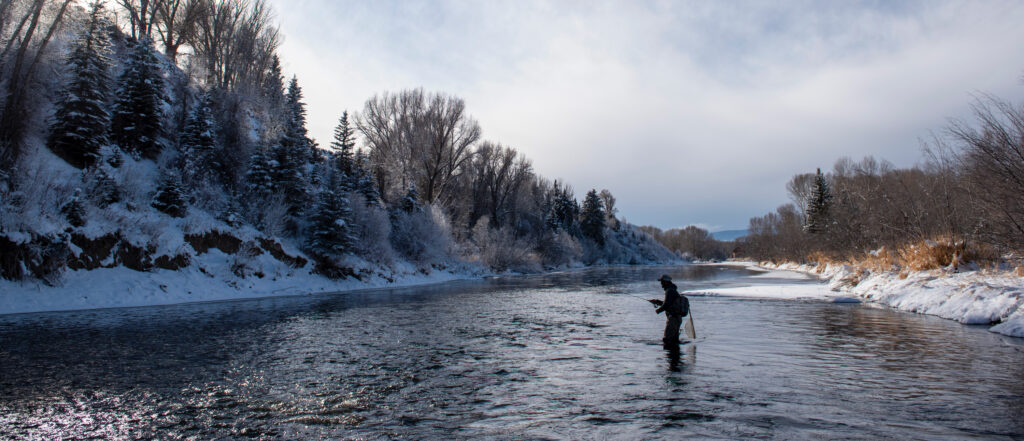

7 responses to “America’s Most Endangered Rivers® of 2023 Spotlights Human Health and Public Safety”
We need help protecting the Little Blue watershed and Missouri River from a proposed landfill. Is there assistance you may be able to provide?
Stay positive and keep working hard. I live near the Cuyahoga River, which was once, one of the most polluted and toxic rivers in the US. We are slowly cleaning up the whole region and the river is springing back to life. This can and must happen across the country and I believe it can and will happen. Keep fighting the good fight!!
It will affect wildlife od this region greatly. And since we are all connected, there will be a great impact on humans.
Do you have top 10 lists for the most endangered rivers for the last 10 years?
Where’s the list? How do you release this article without a list of each river and the reason(s) it has the place on the list it does? This is really, really basic pr, and communicates you guys don’t know what you’re doing and really shouldn’t be taken seriously.
Btw – I used to live in Missoula, so I’m very interested in what’s going on with the Clark Fork. And I live in Ohio now.
The only reason I Googled this was from an email from the OEC, and I expected to be able to see a list with at least paragraph of reasoning for each river on it. The last thing I wanted was this article I had to read thru and try to make some sense out of.
Hi Jed – thanks for your comments. The call-out near the top of the blog post leads you to our Most Endangered Rivers website where you can see all of the information for each river that we listed for 2023. This blog is a supporting document. Here is the link again for your convenience: http://www.americanrivers.org/endangeredrivers
Go out and pick up garbage in your pathway and rivers that are in your cities and towns where you are at. It’s easy and good for you and me.